EXPEDITION TO CHARCOT & PETER I ISLANDS
– WITH NATIONAL GEOGRAPHIC
__________________
__________________
| Day | Place | Highlights |
|---|---|---|
| 1 | Ushuaia | Embarkation on the Le Commandant Charcot |
| 2-3 | At Sea | Crossing the Drake Passage |
| 4 | Crossing the Antarctic Circle & Detaille Island | Be one of the few to cross the Antarctic Circle and visit this island with many snow-covered peaks |
| 5 | The Gullet & Pourpuoi Pas Island | Traverse the beautiful Gullet passage, and visit the island named after Jean-Baptiste Charcot, who discovered it |
| 6 | Marguerite Bay | Keep an eye out for leoard seals and Adelie penguins |
| 7-8 | Charcot Island | Covered in ice with sheer cliffs and rocky outcrops |
| 9-10 | Peter I Island | Fewer people have visited this volcanic island than have walked than on the moon |
| 11 | At Sea | Embrace the multiple activities and public spaces of the Le Commandant Charcot |
| 12 | The Gullet | An incredible passage full of icebergs and gleaming blocks of ice |
| 13-14 | At Sea | Crossing the Drake Passage towards Ushuaia |
| 15 | Ushuaia | Disembark the Le Commandant Charcot |
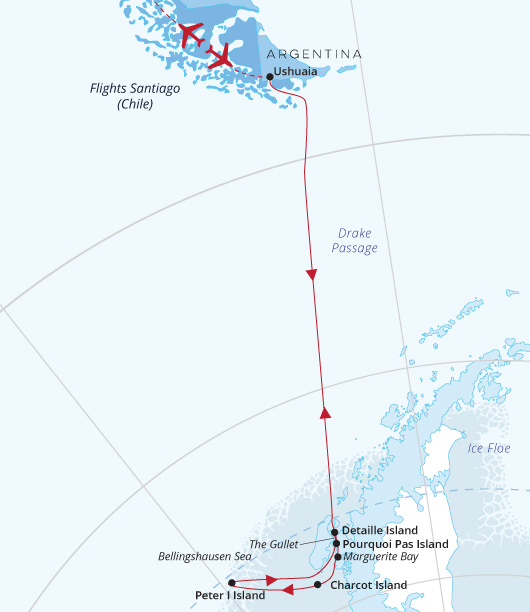
Hailing as the world’s first hybrid luxury polar exploration vessel, the Le Commandant Charcot combines the top tier of luxury with sustainable development at the heart of the design. Equipped with 135 luxury staterooms featuring elegant and warm stone, wood and leather detailing’s to reflect the natural environment that the ship will be sailing in, the Le Commandant Charcot is setting a new level for opulence in the polar regions. Guests are spoilt for choice when it comes to places to relax and unwind on-board with an abundance of social areas to choose from ranging from two pools (indoor and outdoor), a beauty corner, theater, three different lounges, multiple reception areas and different restaurants to choose from.
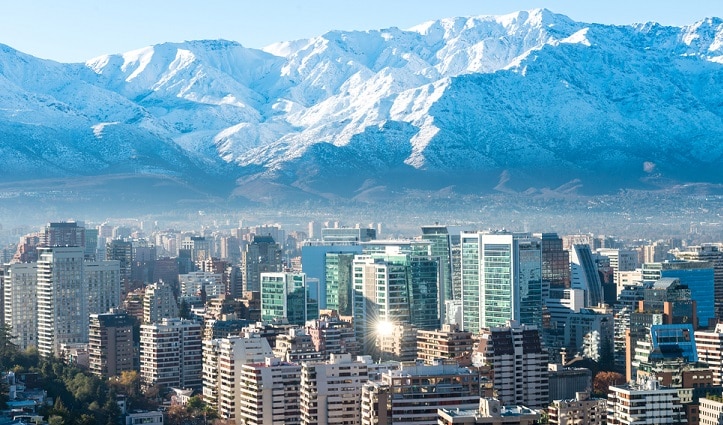
-One night’s accomodation in Santiago in 5* hotel
-Return Santiago/Ushuaia economy class flights
-Transfer and meals as detailed
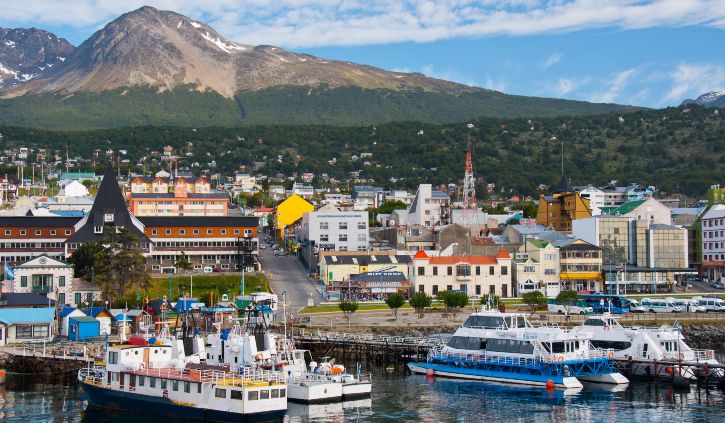
Capital of Argentina’s Tierra del Fuego province, Ushuaia is considered the gateway to the White Continent and the South Pole. Nicknamed “El fin del mundo” by the Argentinian people, this city at the end of the world nestles in the shelter of mountains surrounded by fertile plains that the wildlife seem to have chosen as the ultimate sanctuary. With its exceptional site, where the Andes plunge straight into the sea, Ushuaia is one of the most fascinating places on earth, its very name evocative of journeys to the unlikely and the inaccessible.
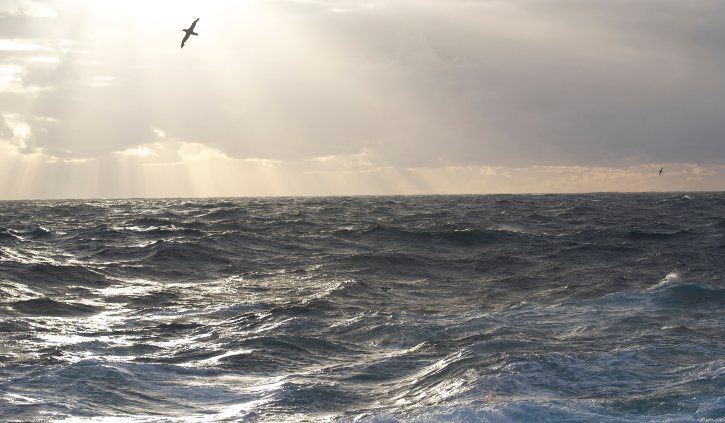
Use your days spent in the Drake Passage to familiarise yourself with your ship and deepen your knowledge of the Antarctic. The Expedition Leader will first present the IAATO rules of conduct that must be observed during landings in the region and will explain everything you need to know about the Zodiac outings. Lectures about the history and wildlife of the Antarctic will be an opportunity for you to learn more about this magical region, where every cruise is a unique experience. From the ship’s bridge, you will experience exceptional sailing moments before joining the naturalist-guides on your ship’s exterior decks to look out for albatrosses, cape petrels, and other seabirds flying over the Drake Passage.
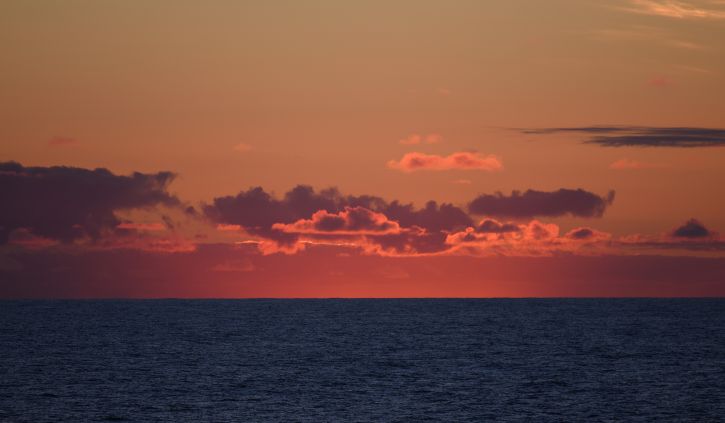
Weather permitting, cross the mythic line of the Antarctic Polar Circle, located along 66°33’ south of the Equator. This iconic area demarcates the point from which it is possible to view the midnight sun during the December solstice. Within this circle, the sun remains above the horizon for 24 consecutive hours at least once a year. Crossing this line, an experience known to few people, is sure to be an unforgettable highlight of your cruise through the polar regions.

Detaille Island is a small island situated off the Loubet Coast in the Crystal Sound, a magnificent region surrounded by snow-covered peaks. A British research station was set up there in 1956, ahead of the International Geophysical Year 1957-58. Like the International Polar Years, organised for the first time in 1882-83, the purpose of this event was to take a coordinated approach to the geophysical research conducted by the different nations. With the island difficult to access, this station was shut down in 1959. The vestiges of the buildings and sledge dog pens that made it possible to map more than 4,000 miles around the island are now maintained by the United Kingdom Heritage Trust.

The sumptuous landscapes of this narrow channel between Adelaide Island and Graham Land attract all visitors sailing towards Marguerite Bay. It is like an ice palace, its immaculate white walls reflected in the frozen mirror formed by the waters of the Southern Ocean, scattered with icebergs and gleaming blocks of ice. This passage was explored for the first time by the Jean-Baptiste Charcot expedition in 1909, which sketched its position. It was then surveyed in 1936 by the British expedition under John Rymill. It is here in this magical setting that some of the first subaquatic images of the Antarctic were shot during Philippe Cousteau’s four-month expedition to Antarctica between 1972 and 1973.
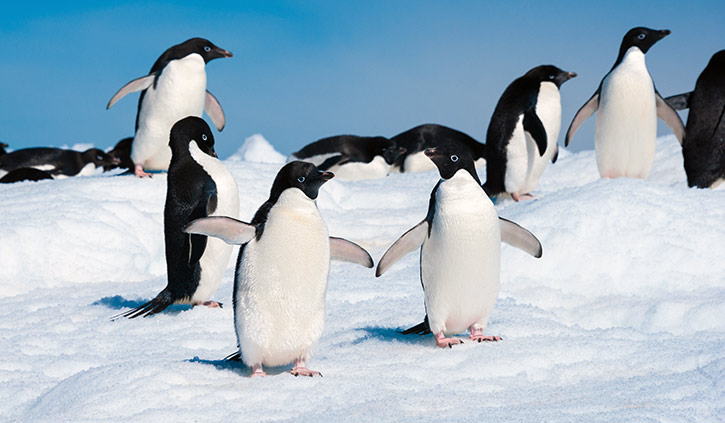
Le Commandant Charcot will land on the coast of Pourquoi Pas Island, so named in the 1930s by John Riddoch Rymill in honour of Jean-Baptiste Charcot, who discovered it from aboard his ship Le Pourquoi Pas?, during his second expedition to Antarctica between 1908 and 1910. This mountainous island, situated in the north of Marguerite Bay between Graham Land and Adelaide Island, is 28km long and 14km large. It is scattered with narrow fjords and snow-covered mountains. You will go to shore in a Zodiac dinghy with your expedition team and you could get the chance to observe Adelie penguins going about their business on the island’s rocky shores.
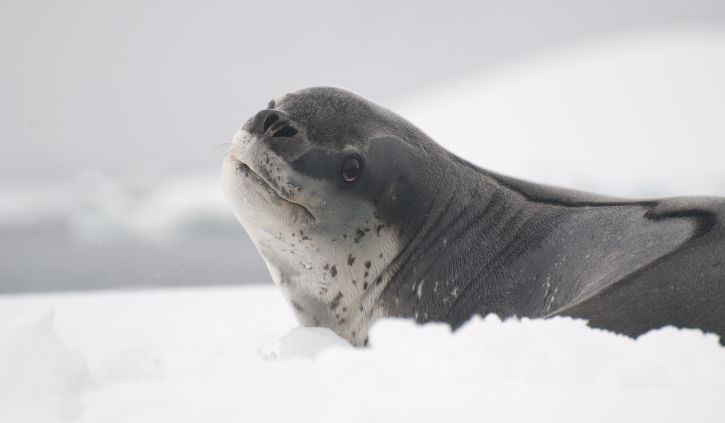
The icebergs are each more majestic than the next and scattered around the deep and intense blue waters of Marguerite Bay, one of the most beautiful regions in the Antarctic. It is delimited in the north by the mountainous Adelaide Island, in the south by George VI Sound and Alexander Island, and in the east by the Fallières Coast. Charcot named it after his wife during his second expedition to the Antarctic between 1908 and 1910. In 1909, in the southern summer when the skies are at their clearest, he led an important scientific mission to map and study this region. The bay is home to a number of cetaceans and you may get the chance to observe leopard seals or Adelie penguins.
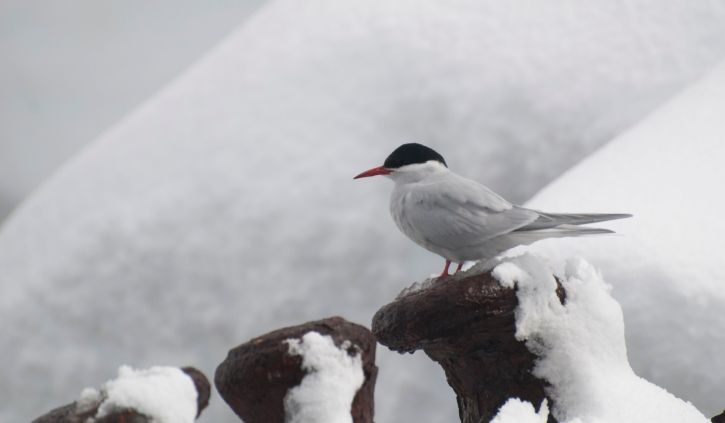
When he discovered this island surrounded by sea ice in 1910 from aboard the Pourquoi Pas? as he mapped Alexander Island, Jean-Baptiste Charcot had not been able to get less than 64km away from it. Situated in a zone that experiences frequent low-pressure systems and regular cloud cover, the island remains in many ways an enigma. It is entirely covered in ice and sheer cliffs, with the exception of the rocky outcrops extending over a dozen kilometres in the far north-west. The ice in the narrowest part of Wilkins Sound has been cracking in recent times, thus officially detaching this island from its neighbour, Alexander Island, lying 50km away. Very few people have landed on this largely untouched island, whose waters attract numerous seabirds, such as petrels, Antarctic terns and skuas.
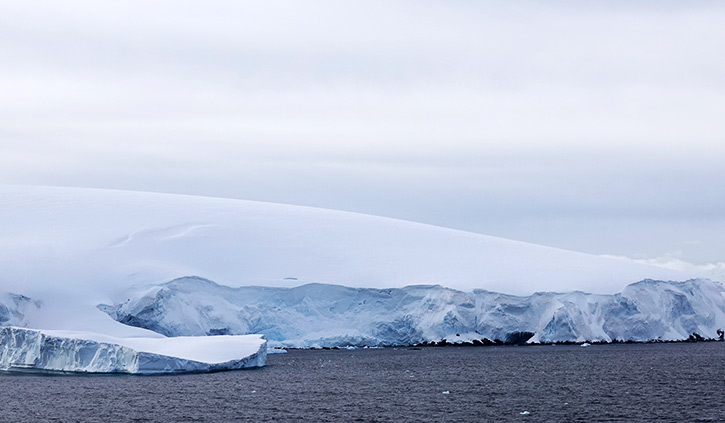
You will then head for the legendary Peter I Island. Located 450km away from the Atlantic coast, it was discovered in 1821 by the Russian explorer Fabian Gottlieb von Bellingshausen, who named it in honour of the Russian tsar Peter the Great. In 1909, Captain Charcot sighted it for the first time from aboard the Pourquoi Pas?, but was unable to land there: “In the parting mists, one or two miles away, an enormous black mass shrouded in clouds appears suddenly before us: it is Peter I Island.” Surrounded by pack ice and with about 95% of its surface covered by ice, this volcanic island, whose highest peak reaches 1,640 metres, is protected by ice cliffs some 40 metres tall, making any approach difficult.
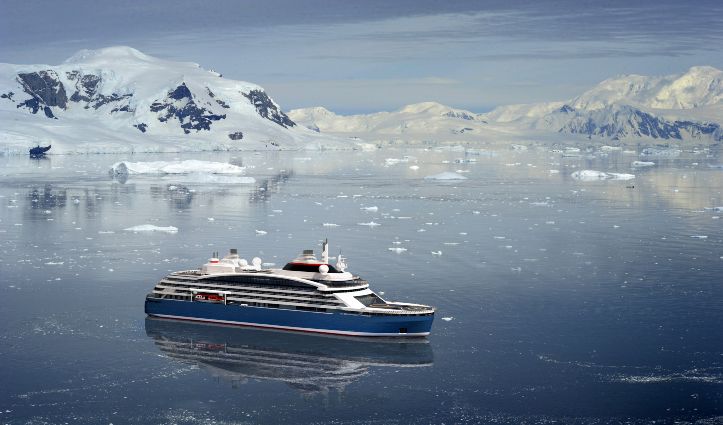
Spend exceptional moments sailing aboard Le Commandant-Charcot, the world’s first luxury polar exploration vessel and the first PC2-class polar cruise ship capable of sailing into the very heart of the ice, on seas and oceans which the frozen conditions render inaccessible to ordinary ships. Le Commandant-Charcot is fitted with oceanographic and scientific equipment selected by a committee of experts. Take advantage of the on-board lectures and opportunities for discussion with these specialists to learn more about the poles. Participate in furthering scientific research and let us discover together what these fascinating destinations have yet to reveal to us.

The sumptuous landscapes of this narrow channel between Adelaide Island and Graham Land attract all visitors sailing towards Marguerite Bay. It is like an ice palace, its immaculate white walls reflected in the frozen mirror formed by the waters of the Southern Ocean, scattered with icebergs and gleaming blocks of ice. This passage was explored for the first time by the Jean-Baptiste Charcot expedition in 1909, which sketched its position. It was then surveyed in 1936 by the British expedition under John Rymill. It is here in this magical setting that some of the first subaquatic images of the Antarctic were shot during Philippe Cousteau’s four-month expedition to Antarctica between 1972 and 1973.
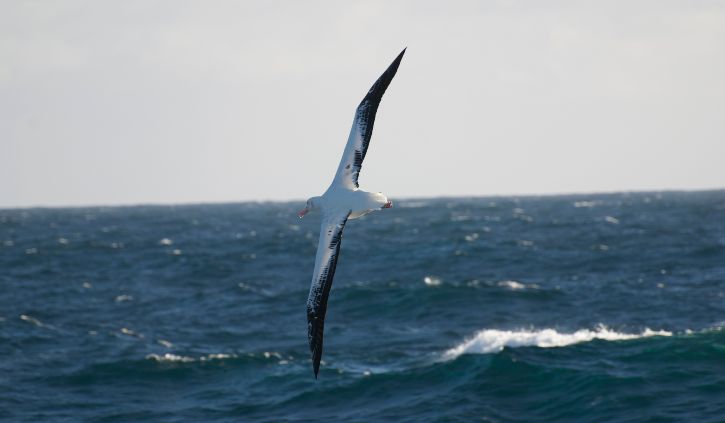
If there is one place, one sea, one waterway dreaded by tourists, researchers and hardened seafarers alike, it is undoubtedly Drake Passage. Situated at the latitude of the infamous Furious Fifties winds, between Cape Horn and the South Shetland Islands, it is the shortest route to connect Antarctica to South America. Seasoned navigators will tell you that you must earn your visit to the White Continent! As the Antarctic convergence zone where cold currents rising up from the South Pole meet warmer equatorial water masses, Drake Passage harbours a very diverse marine fauna. Don’t forget to look to the sky to catch a glimpse of elegant albatross and Cape petrels, playfully floating about in the wind around your ship.
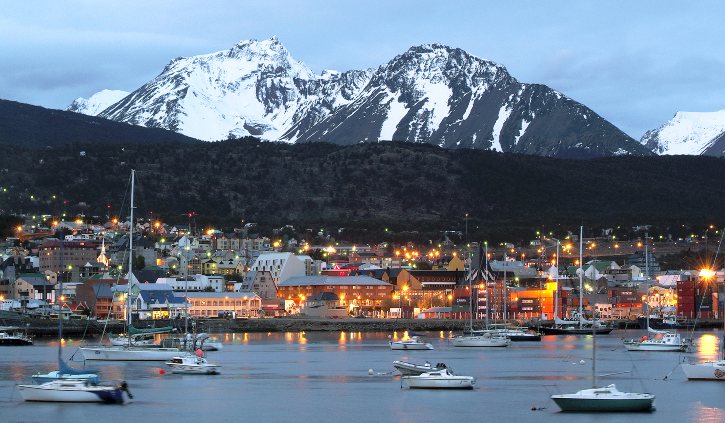
Capital of Argentina’s Tierra del Fuego province, Ushuaia is considered the gateway to the White Continent and the South Pole. Nicknamed “El fin del mundo” by the Argentinian people, this city at the end of the world nestles in the shelter of mountains surrounded by fertile plains that the wildlife seem to have chosen as the ultimate sanctuary. With its exceptional site, where the Andes plunge straight into the sea, Ushuaia is one of the most fascinating places on earth, its very name evocative of journeys to the unlikely and the inaccessible.